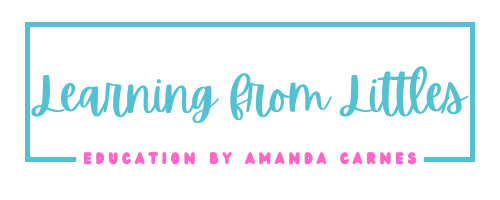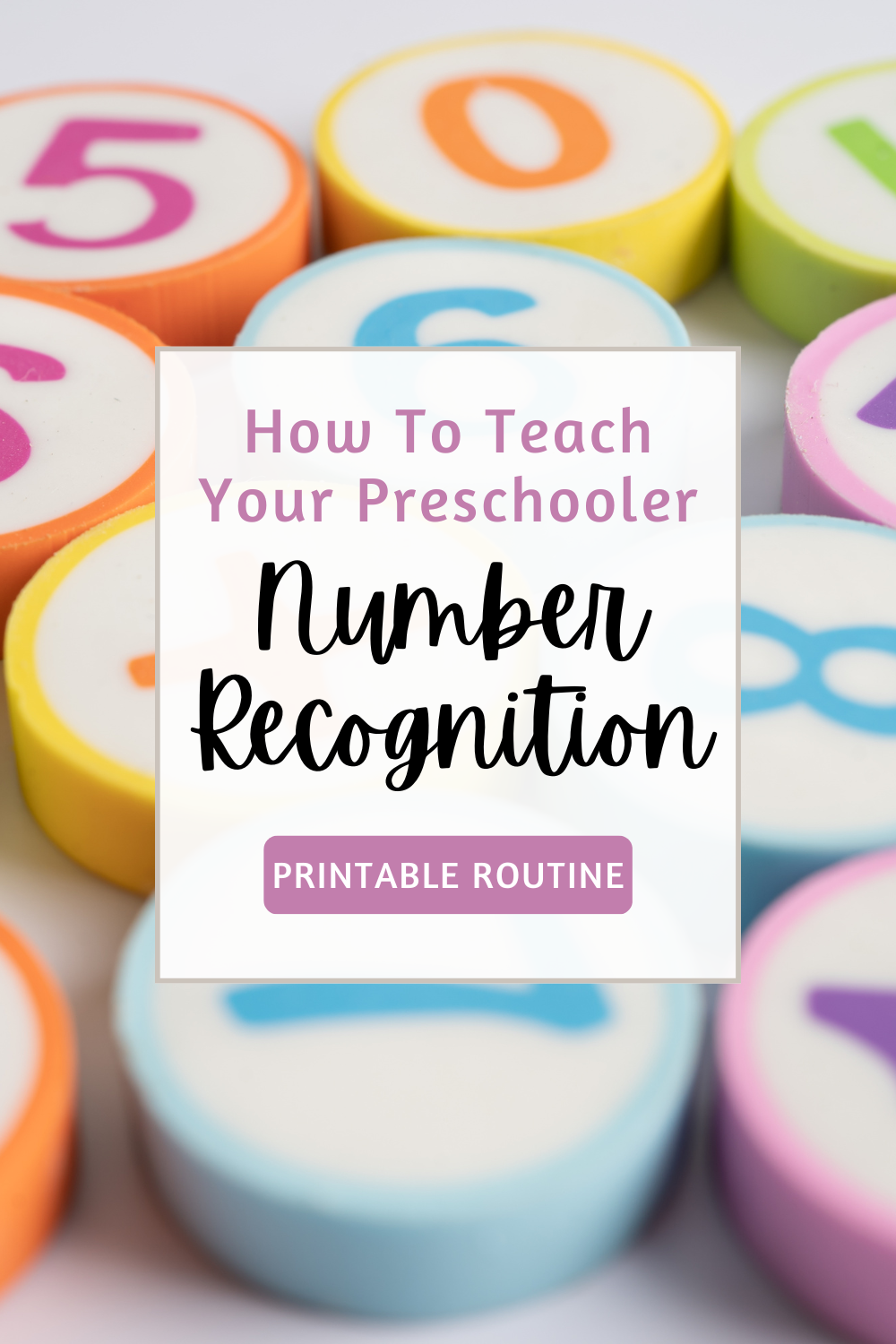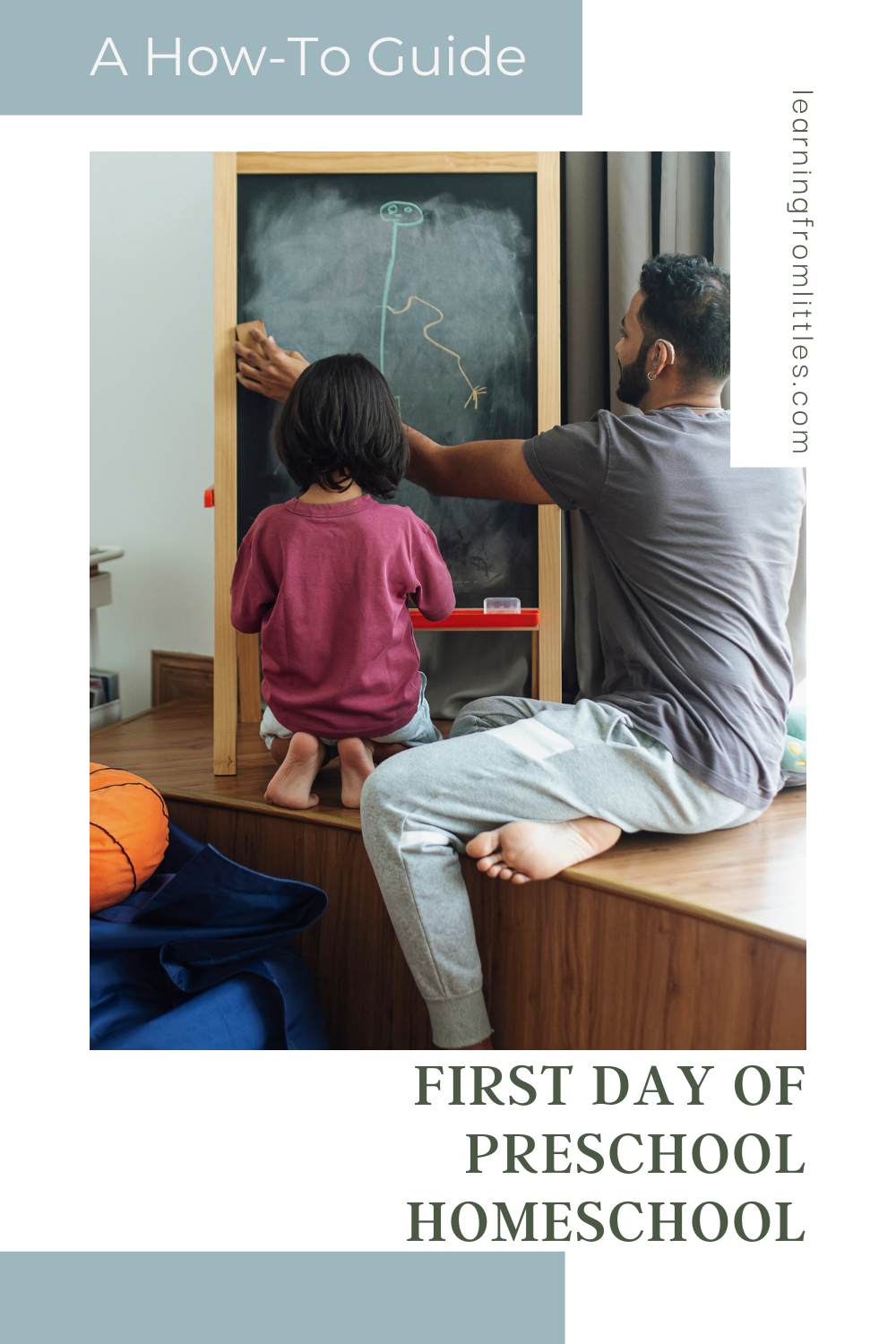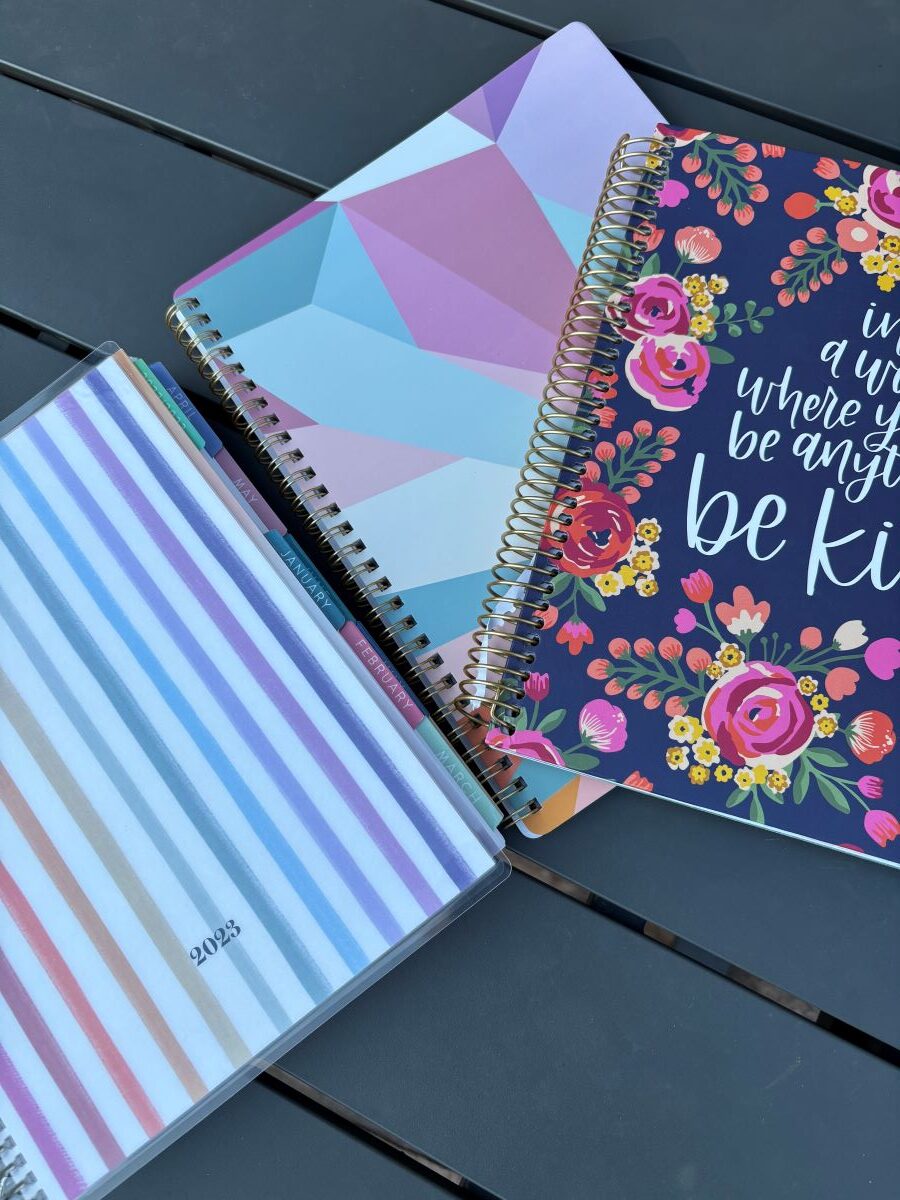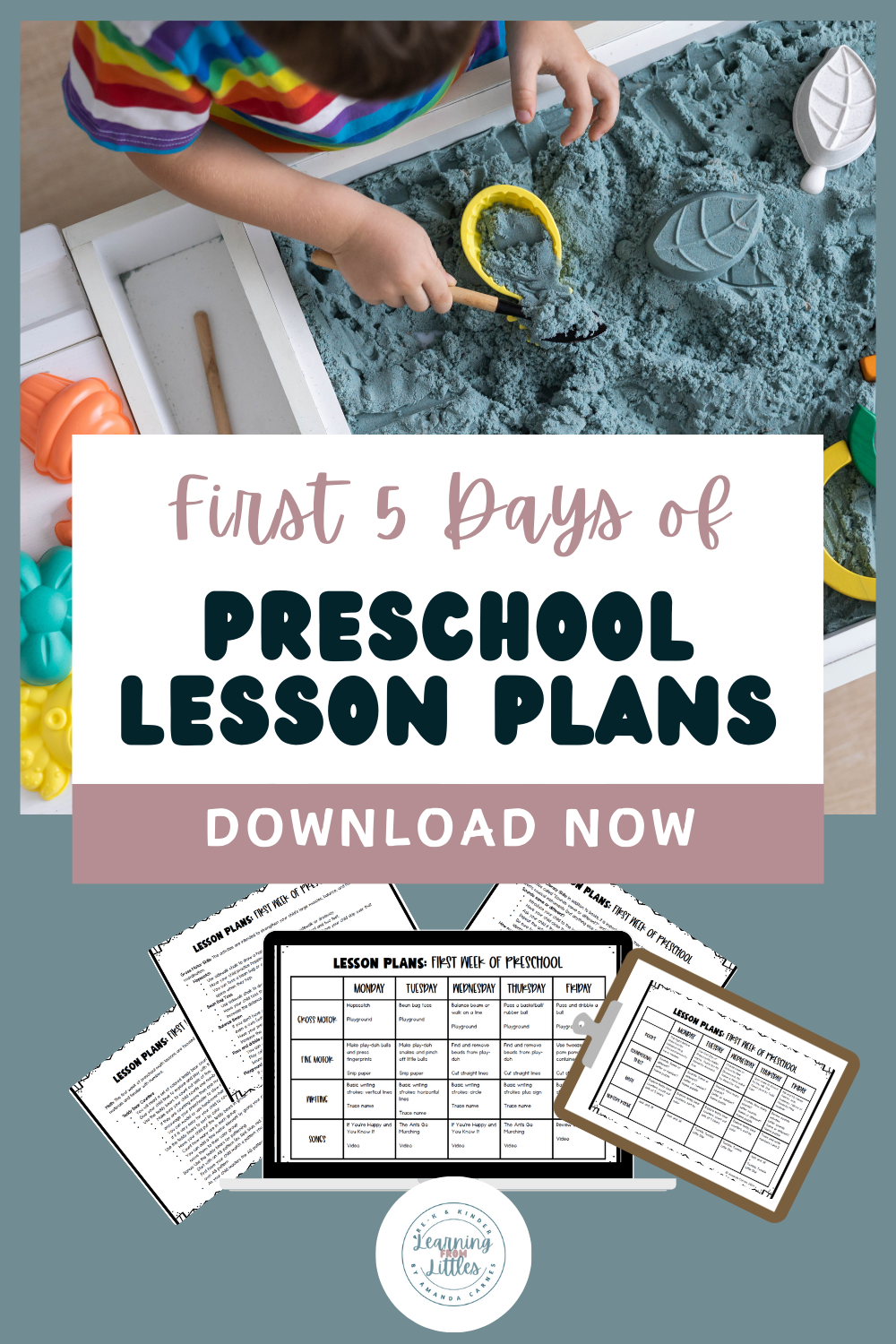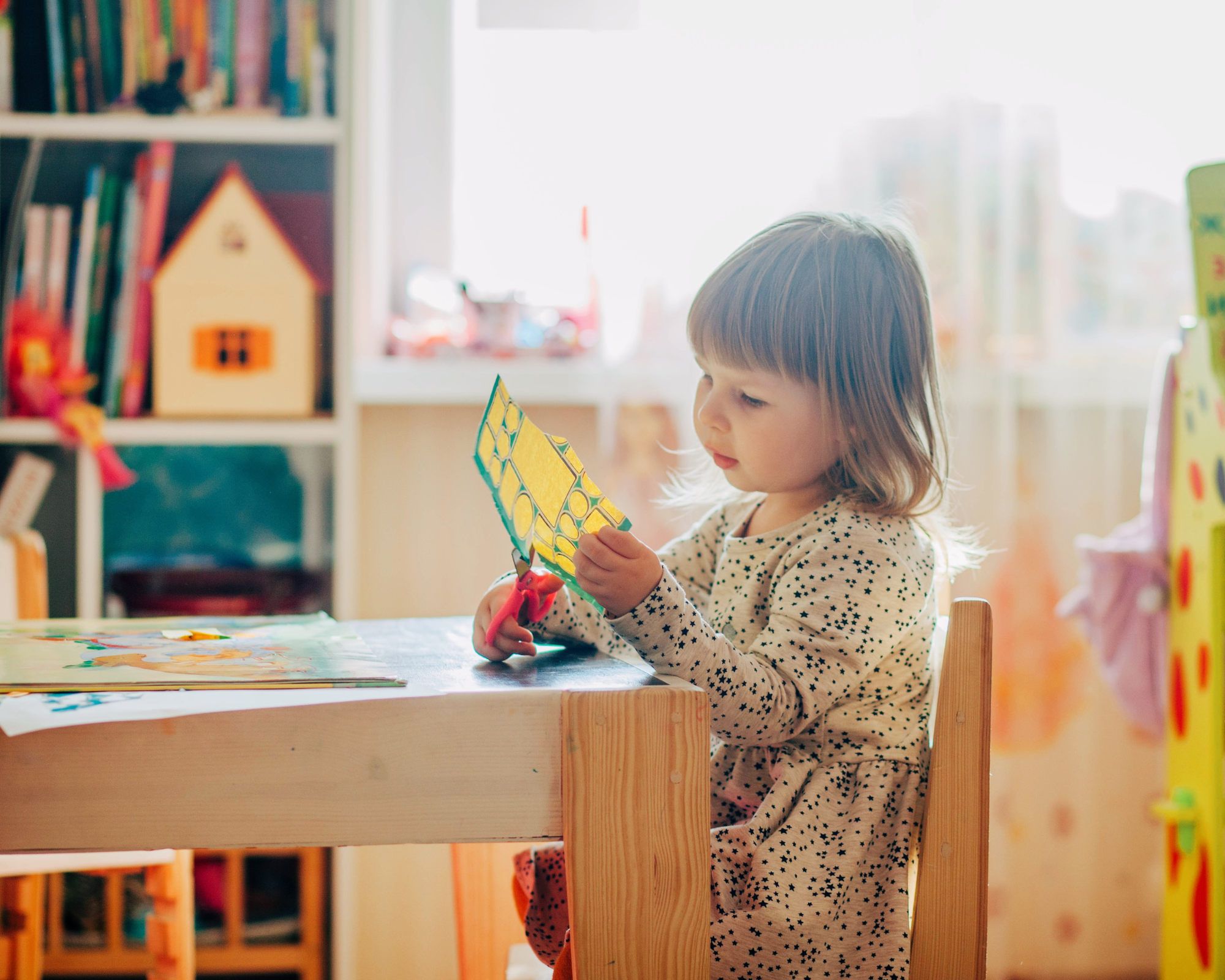15+ BEST Books for Preschoolers
This post includes affiliate links. At no cost to you, I receive a small commission if you purchase recommended items through my links.
As an early childhood educator, I am passionate about children’s literature and finding the best books for preschoolers. The biggest factor in determining a child’s early success in reading is whether or not they are read to at home.
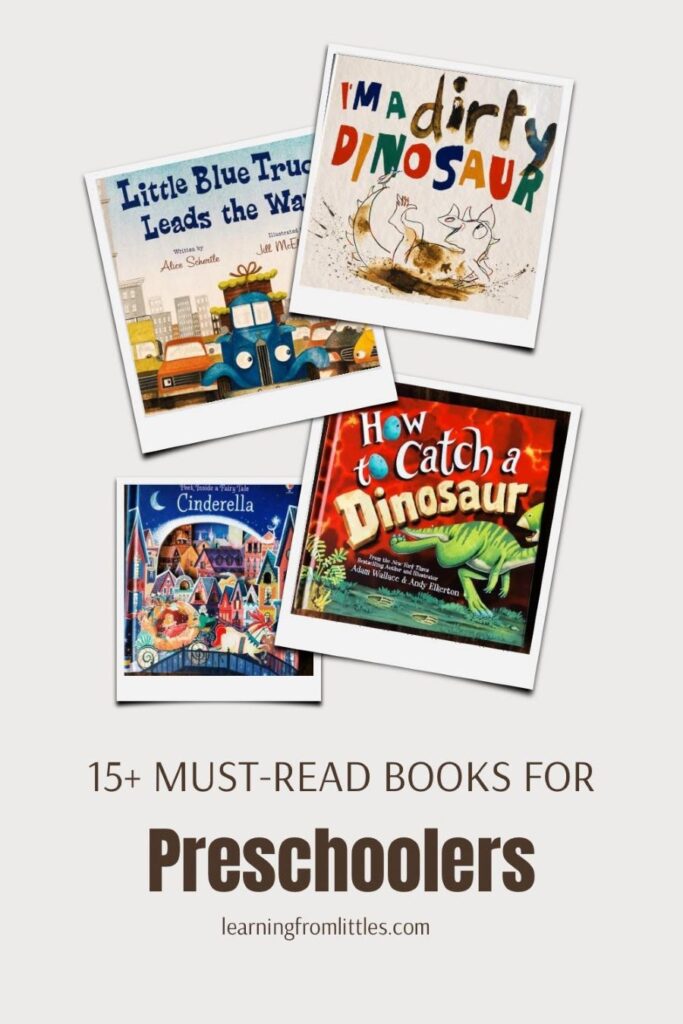
Reading aloud to children has huge cognitive benefits.
Some of the benefits of reading books to young children include:
- Hearing how language works
- Comprehension
- Building background knowledge
- Expanding their vocabulary
- Developing phonemic awareness skills, such as rhyming and alliteration
- Distinguishing between text and illustrations
- Bonding with their parent or caregiver
Download your own printable checklist of the Best Books for Preschoolers by signing up below.
Hearing a loved one read activates language builders in the brain. Children learn the cadence of speech and voice inflections.
Children catch on to the little nuances in the way we speak in certain situations while we try to speak like the characters in stories.
The differences between questions, declarations, and exclamations become clearer the more times our children hear these different types of sentences.
This brings us to comprehension.
The goal of reading is to be able to understand written text. Children develop listening comprehension from routinely hearing stories and informational books read to them, then they can begin to gradually understand written text.
Even very young children can comprehend stories, so it’s very important to read to them. Kids develop listening comprehension well before reading.
Guide your young children to understand the best books for preschoolers so when they are learning to read, they can have a natural transition to comprehending text.
Comprehending stories lends to building vast background knowledge.
We all have a set of knowledge that our brains can pull information from when we are reading, writing, and learning. This is called schema.
Our schema is sort of like a filing system in our brains. Schema is built from our experiences: places we’ve been, movies we’ve watched, things people have said to us, books we’ve read, etc.
The more experiences we have had, the deeper and more robust our schema is. This is the background knowledge that is needed to understand topics.
If we know some information about many different topics, we can build on that knowledge much quicker and easier than someone who hasn’t yet heard much about that topic.
Children with robust background knowledge have a much easier time learning and expanding on topics in science, social studies, health, and even reading and math.
One of the simplest ways to build our children’s schema is to read to them. Read them many books with a variety of topics, settings, problems, and characters.
Nonfiction texts are fantastic for building background knowledge! Children love books about animals, space, transportation, etc.
The best books for preschoolers I have chosen include books to build schema in young children.
Vocabulary is a HUGE factor in both schema and comprehension.
We know that little kids are like sponges when it comes to learning. Oftentimes, they can hear something once or twice and remember it well enough to talk about it a week later.
A natural way to build a strong vocabulary in children is to read books to them. Surprise, I know
Books often include words that we don’t use in everyday speech, but are still so important for children to learn. The more they hear these words, the more likely they are to understand them and be able to use them in conversation.
In order to file knowledge away in their schema, children have to know the words that correlate with that new knowledge. The brain struggles to process information we are unable to attach words to.
If our brains don’t have the vocabulary to store the information in our schema, then we will struggle to comprehend and build on this knowledge as quickly with future exposures to that set of information.
For example, if a child sees a baseball game in real life or on the TV, their brain will try to process and file that information. If the child doesn’t hear the specific vocabulary to tell about the game they are witnessing (baseball, bat, strike, out, bases, etc.), they will have a difficult time storing this information to pull out later.
Another time when the child encounters a baseball game, or a friend is talking about baseball, the child is going to be working on learning the specific lingo for the game instead of being able to expand on their knowledge.
If the child has someone watching the game with them who can explain what is happening and tell the child the basic words associated with the baseball game, their brain can store all of those words and develop background knowledge.
The next time the child sees or hears about baseball, their brain collects new information, and the child develops a deeper understanding. They will be able to comprehend books, movies, or conversations about baseball much more easily.
One of the most important cornerstones for literacy is phonemic awareness.
Phonemic awareness is the understanding of the sounds in spoken words. Children begin to gain awareness of phonemes (sounds) when they can tell two sounds apart or tell that they are the same sound.
Kids begin to hear the individual sounds in words, and with time can distinguish between the beginning, middle, and ending sounds. They can even manipulate the sounds by changing a sound to make a new word.
Rhyming and alliteration are two very important preschool phonemic awareness skills and are often included in the best books for preschoolers.
Rhyming is when words have different beginning sounds, but the rest of the word is the same. Common rhyming pairs are cat/hat, run/sun, pot/cot.
Alliteration is simply when words begin with the same sound. Big, ball, boat, banana is a set of words that shows alliteration.
Building these skills in isolation can be tricky. The good thing is that many of the best books for preschoolers have examples of rhyming and alliteration throughout their text.
Children can naturally work on these skills without the intention of learning to rhyme or hear words that begin with the same sound, just by listening to their parents or caregiver read to them.
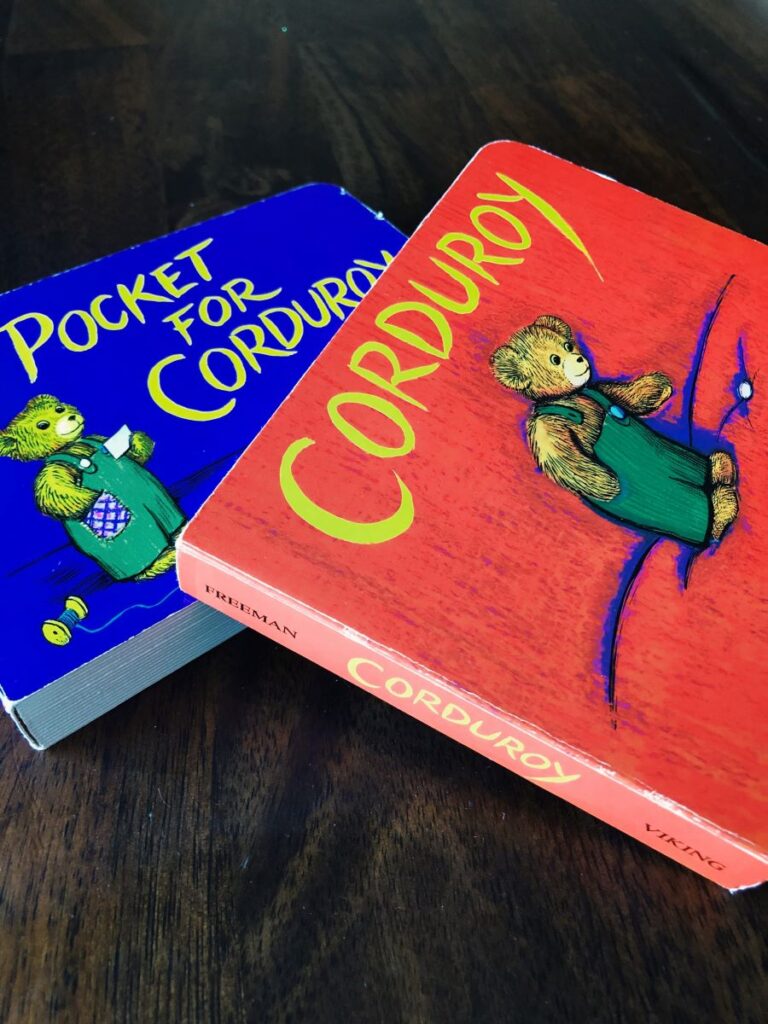

Basic book knowledge, like identifying text and illustrations, are important for reading success.
As adults, it is second nature to us that we read the words and use the illustrations to give us more information about what we’re reading.
For children, this is not so obvious. Young children do not understand that the black symbols on a page can be read and spoken as words.
The pictures seem like the most important feature of books to children, because they can draw meaning from illustrations.
Parents can teach their children that we can use the illustrations to help us understand the story, but that most books have words that actually tell the story the way the author intended it to be told.
Guide your child to point out the words and the illustrations and explain the differences. You can also teach your child to “read” the pictures as a way for them to read independently before they can read text.
Arguably, the most important benefit of reading the best books for preschoolers to your child is the bond you create with them.
One of my favorite times of the day with my kids is bedtime. Not because I am ready for peace and quiet, or to have “me time”, but because I get to snuggle my little ones and read to them.
My oldest is able to read independently, but she still wants me to read to her each night.
It is our routine, it’s comforting, it’s meaningful, and I can read more complex books to her than she would be able to read herself.
My youngest can’t yet read and loves our bedtime together just as much as his sister.
This is one of the only times in a typical day where I get to connect with my children one on one. I get to help them wind down from a busy day, melt away chaotic emotions, and give them a reminder of how special they are to me.
Our read aloud times are often when the BIG talks happen.
My kids tell me about a situation that made them uncomfortable that day. They open up about a mistake they made. These little ones want to read that friendship book for the 87th time because they are struggling with making friends with the new student.
I will be forever grateful that I have always made time to read to my children; to foster that bond and trust. This is the foundation to them being successful students and humans.
Before I specifically list the best books for preschoolers, let’s take a look at a few of my favorite authors of preschool literature.
As an early childhood educator, I know of so. many. amazing. authors! Some of these authors have been around for decades, and some of them are newer to the children’s literature scene.
My all-time favorite author of the best books for preschoolers is Eric Carle.
Not only did Eric Carle write fun, simple, and meaningful text for children, he also had a colorful, imaginative style of illustrating.
I love his books, my children love his books, and my students love his books.
It’s no surprise that Eric Carle is on my list of favorite authors. So many of his books are legitimate classics and must-reads.
A few of his popular books include The Very Hungry Caterpillar, The Tiny Seed, and The Mixed-Up Chameleon.
Mo Willems is a top contender on my list of favorite authors.
This guy is hilarious and his humor shines through all of his stories and illustrations.
Like Eric Carle, Mo Willems writes simple sentences, packed with meaning. Children do not get overwhelmed as they look at the uncluttered pages of most of his books.
The characters of his books are fun and very relatable to kids. He has series with the same characters, so children can really develop a connection with his characters. Mo Willems has some extremely popular series including books like Elephant and Piggie’s We Are in a Book, the Pigeon in Don’t Let the Pigeon Drive the Bus, as well as Knuffle Bunny.
A newer author to the children’s lit scene is Emma Yarlett.
I absolutely love Emma Yarlett’s books! She has such fun and educational books for young kids.
Her books are some favorites of my own kids-they are interactive and always leave my children laughing.
I look forward to following Emma Yarlett and reading her future books. In my opinion she’s the next “big thing.”
In our house we love the Nibbles series-including board books, Dragon Post, and Beast Feast.
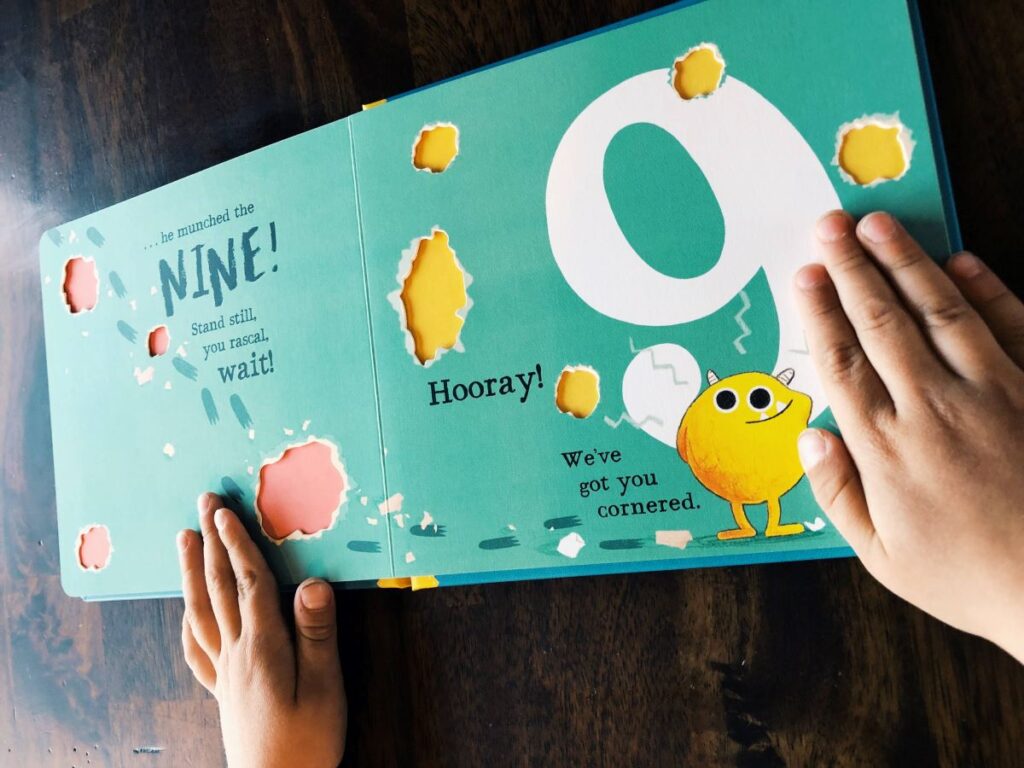
These books are seriously must-read material for your preschoolers!
Check out the list, pick one that your child will like, and buy your own copy today! Reading time is going to be so fun with the books on this list.
I’ve only included books that my children have asked me over and over to read to them. These are also books that I think are great for building schema, vocabulary, phonemic awareness, and fun.
If you have a little one who doesn’t enjoy reading time, I highly recommend trying to read some of these books to your child!
Here is the list of the BEST BOOKS FOR PRESCHOOLERS:
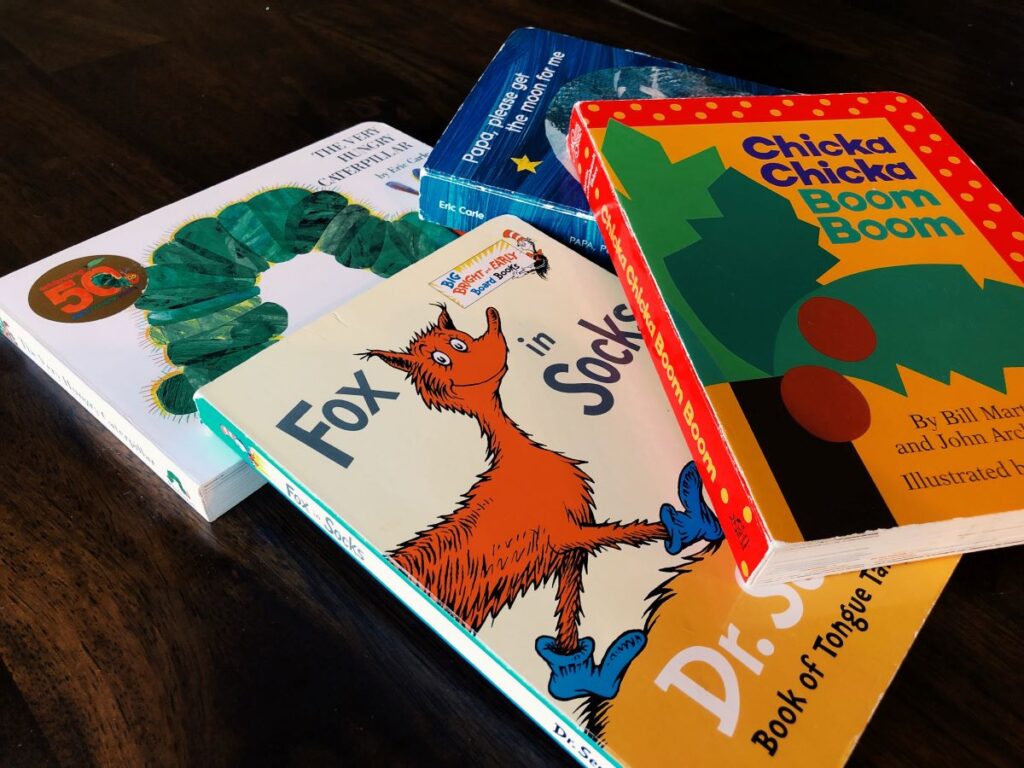
Below are my affiliate links. All of these books are highly recommended by me, and I include these links of high quality books to simplify your shopping experience. I may earn a commission for purchases through these affiliate links.
- Chicka Chicka Boom Boom– A favorite with my kids and my students! The pictures are so bright and fresh. The rhythm is catchy and it is fun for the kids to join in with some of the repeating phrases.
- Fox in Socks
- Corduroy
- A Pocket for Corduroy
- The Very Hungry Caterpillar
- Nibbles Numbers
- Papa, Please Get the Moon for Me
- Little Blue Truck
- Little Blue Truck Leads the Way
- Biscuit
- Dragons Love Tacos
- How To Catch a Dinosaur (Mermaid, Monster, etc)
- I’m a Dirty Dinosaur
- Fingertrail ABC
- Fingertrail 123
- Harold and the Purple Crayon
- Blueberries for Sal
- Peek Inside a Fairy Tale Cinderella
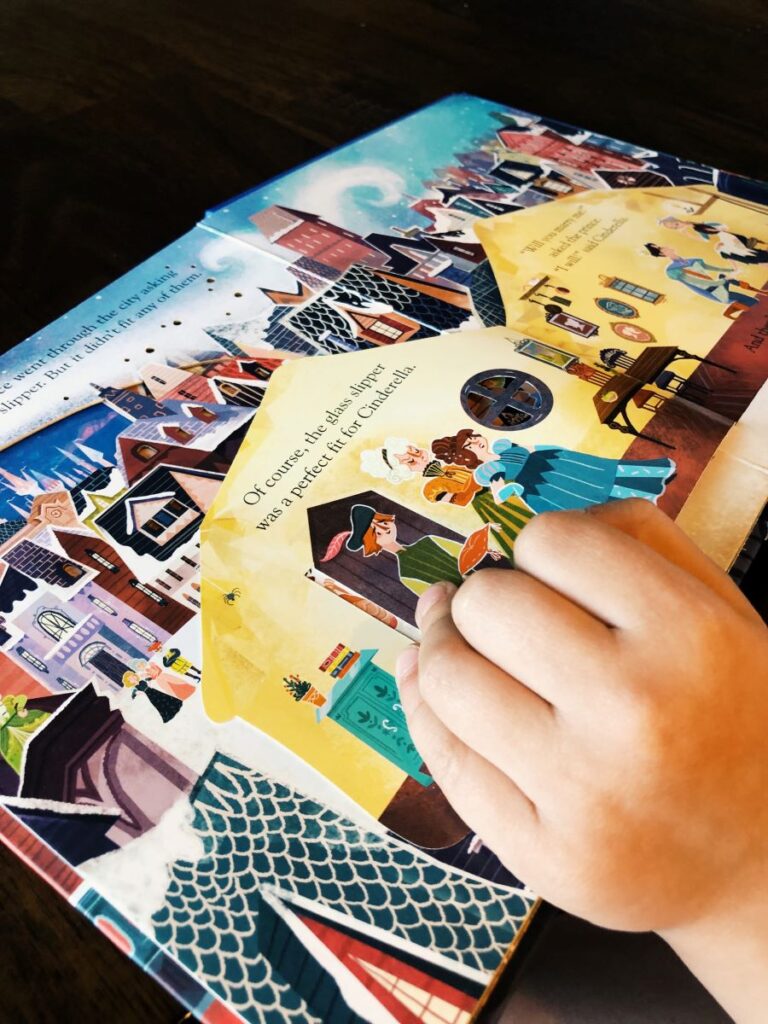
Enter your name and email address below to get a printable checklist of the best books for preschoolers.
Keep track of the books you’ve read with your little ones and let me know which ones you liked. Leave a comment with your favorite children’s book, either from the list or one not included.
